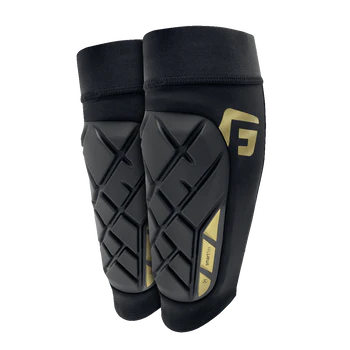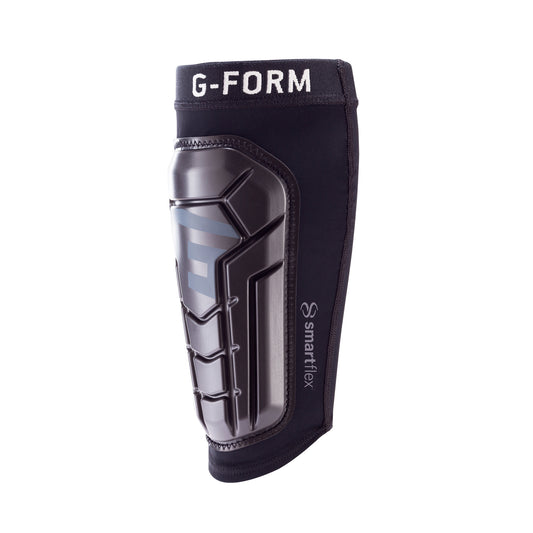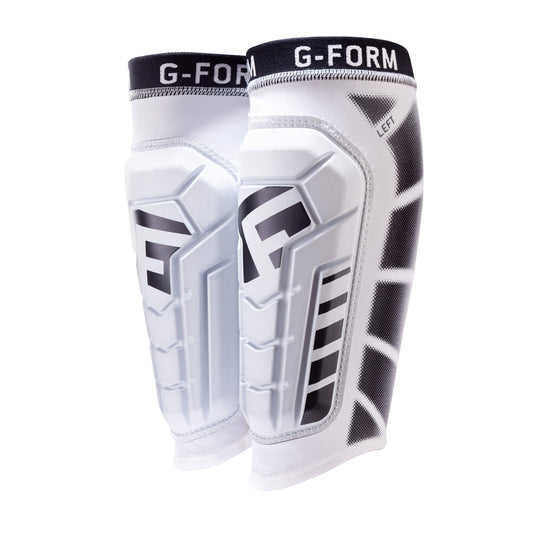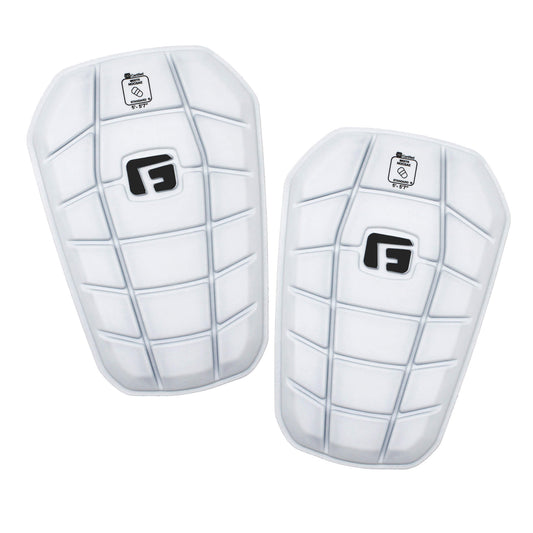Shin splints occur when muscles and connective tissues fail to adjust to new physical demands. When you get shin splints, it can affect your performance on the field, whether during a game or practice. Fortunately, there are many ways you can do to prevent or reduce the risk of shin splints. What are they? Read on to find out!
1. Have the Right Footwear
An effective way to prevent shin splints is to ensure you’re wearing well-fitting athletic shoes. Choose shoes with a cushioned insole and a sturdy heel that will provide good stability. As a result, any impact during exercise will be tolerable.
Orthotics are designed, moulded and adjusted for various foot conditions. A podiatrist will assess your feet and provide a diagnosis of what kind of orthotic is best for your feet.
On the other hand, footballers should wear supportive insoles to prevent common sports-based injuries. Moreover, they can help limit the amount of wear and tear on their joints, muscles and ligaments.
2. Exercise Regularly
There are certain exercises that can help strengthen the feet, hips, ankles and core to prevent shin splints. These exercises can prepare the legs to deal with high impact during training. Furthermore, warming up and cooling down are important to prevent shin splints and other injuries.
Take the time to perform dynamic stretches or jumping exercises for your warm-up, while you can do static stretches to cool down.
Here are some of the exercises you can do:
- Kneeling shin stretch: This works the front of the anterior tibialis muscle. You do this by kneeling and sitting down gently, letting the knees in front of the body with the heels beneath the glutes. Then, lean back, place the hands on the floor, and use your body weight to gently push down the heels and feel the stretch while you lift the knees. Hold this for 30 seconds and do it thrice a day.
- Calf raises: This exercise can help strengthen the calf muscles. Stand on a flat surface and have your feet flat on the ground. Shift the weight onto the balls of the feet and mid-foot. Lift your heels slowly, and hold them for 10-20 seconds. Repeat this for three to five minutes, and make sure to switch legs.
3. Know How to Recover Properly
The recovery time from shin splints will depend on several factors, such as age, health and condition. Typically, it takes one to three months to heal completely. However, if you have more significant impairments, it may take a bit longer than usual.
It’s essential you know how to recover properly. When you’re fully recovered, you can resume training but only do low-intensity routines and build up gradually.
Protect Your Shins
When you know the right tips, you can protect your shins. In turn, you can prevent injuries when you’re on the field that will allow you to play efficiently. The right footwear is crucial when playing sports, so make sure you equip yourself with high-quality footwear that will last for years and protect you while you’re playing on the field.
For quality grassroots football products in Australia and New Zealand, get them at Grassroots Sports Group. We have a range of sports products, from shin pads to orthotic insoles, to help with your performance. Buy yours now!





